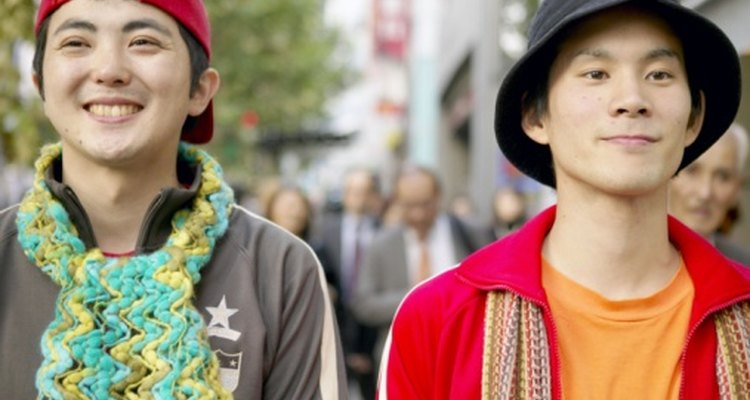
Traditional Japanese clothing is fairly simple in construction, but complex in practice. An appropriate ceremonial or historical costume requires careful adjustment and the correct accessories. Headgear is one important feature of traditional Japanese clothing. Over the centuries, Japanese men have worn a wide variety of hats, some of which have become special occasion or religious clothing.
Kanmuri
This very formal hat dates back to the Heian era (from the late 700s to the end of the 12th century). Originally worn by the nobility on formal occasions, the kanmuri is now part of traditional Shinto priests' clothing. This black, lacquered hat consists of a low cap with a tall knob on the back. A thin wired or lacquered strip of cloth and wooden crossbar are attached to the back of the knob. Wear the kanmuri only with very fancy historical costumes, or on specific religious occasions.
Eboshi
This pointed black cloth cap was worn by men of all social strata. Poorer people tended to wear relatively short, soft eboshi with a shape similar to a stocking cap. Noblemen often wore stiffened eboshi for occasions not formal enough to require a kanmuri, reserving the soft eboshi for very casual wear. Some stiff eboshi became very tall and impractical. Like the kanmuri, this hat dates back to the Heian period or earlier, and has become part of the traditional dress for Shinto priests.
Sugegasa
The sugegasa is the Japanese version of the conical straw sunhat worn throughout eastern Asia. This hat is made entirely of straw or woven reeds, and it's held on by a ribbon or cloth chin strap. It protects laborers from the sun and rain. This hat was once worn by both sexes for outdoor work, but is now relatively uncommon in Japan. It would be appropriate for lower class historical costumes.
Hachimaki
Hachimaki are wide headbands, sometimes emblazoned with a mon (Japanese family crest) or other image. These headbands were once worn for purely practical reasons, but are now associated with determination and ceremonial occasions. Hachimaki are sometimes worn by Japanese protesters to show their dedication, and are a common signifier in television programs. Despite their association with the martial arts, hachimaki are rarely worn on a day-to-day basis by martial arts practitioners.
Related Articles

History of Military Hats

Traditional African Wedding Attire
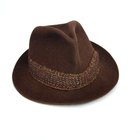
Types of Felt Hats
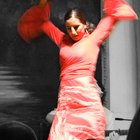
Hispanic Clothing History

What Are Bowlers, Bonnets, Beanies & ...
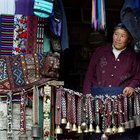
What Kind of Clothes Do They Wear in ...

How to Clean a Fedora Hat

What Did Men Wear During the ...
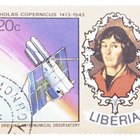
Liberian Fashions, Styles & Wedding ...

Traditional Chilean Wedding Attire

School Clothes in the 1900s
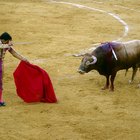
10 Facts About Clothing in Spain
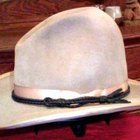
How to Clean a Stetson Hat
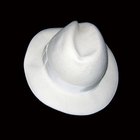
How to Care for a Wool Felt Hat

A Description of What the Puritans Wore

Proper Placement of Medals on a USMC ...
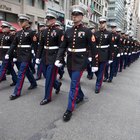
How to Wear a Marine Corps Dress Uniform

What Do Women Pirates Wear?

What Type of Shirt to Wear With a ...

How to Restore the Shape of a Floppy Hat
References
Writer Bio
G.D. Palmer is a freelance writer and illustrator living in Milwaukee, Wis. She has been producing print and Web content for various organizations since 1998 and has been freelancing full-time since 2007. Palmer holds a Bachelor of Arts degree in writing and studio art from Beloit College in Beloit, Wis.
Photo Credits
Jupiterimages/Photos.com/Getty Images